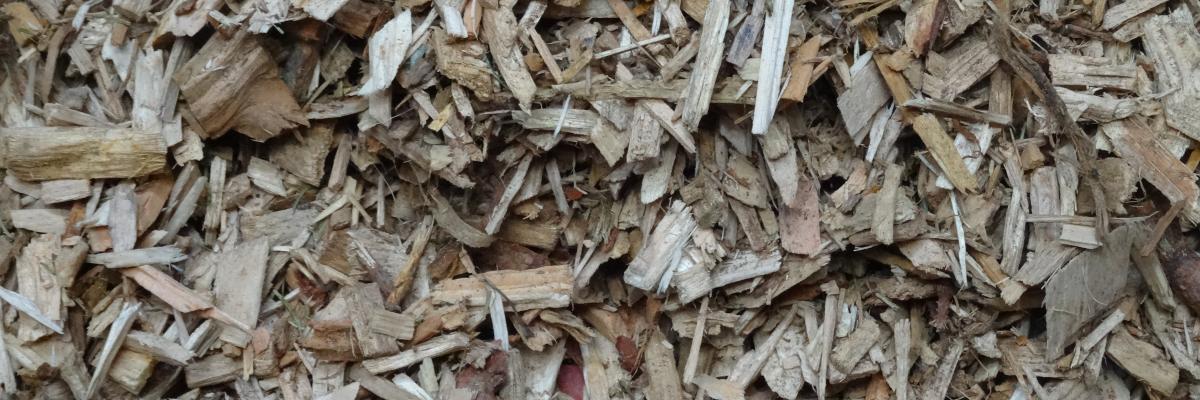

Organic Amendments
Organic Matters 2021
Watch the video
This is video footage of a session that formed part of the Organic Growers Alliance (OGA)'s Organic Matters conference held in October 2021. It looks at improving soil health and reducing tillage using compost, manures and woodchip. Chaired by Margi Lennartsson (CAWR), speakers talk about different types of organic amendments and situations in which they can be used. Adam Rayne focuses on using green waste, composting done on site, and using a minimum tillage system, based on his experience at Glebelands City Growers. Sylvia Travers (RHS Bridgewater) gives her insights into regenerating damaged soil (brown field sites) using mulch in the form of mushroom compost and no dig principles as a way of quickly regenerating a site, and Ben Raskin (Soil Association/OGA), gives tips and recommendations based on his experience and background research on using woodchip as a mulch (around trees and as ramial woodchip), and composting it.
- If tempted to use green waste compost, make sure suppliers can provide a nutrient analysis, and that you research and spend time sourcing good quality green waste with high enough nutrient content.
- Broad forking beds and using a battery operated tiller can be effective in managing sandy soil in a small scale minimum tillage system. A challenge can be keeping the soil loose enough on top (for planting and direct seeding). Benefits of using compost in this system can be that soil pH is raised which reduces the need to lime, and after about 5 years, soil structure can be hugely improved, with many more worms evident.
- Benefits of mushroom compost as a mulch are it can provide a stable and slow release of nutrients, is very water retentive, provides good bulk, and promotes lots of fungi and worms. Substantial input is needed when it is first applied but input decreases as time goes on with level of mulch needed being reduced. High fertility, high input costs, scalability (tends to be suited to smaller scale), and being hard to source can be disadvantages.
- Most initial decomposition of woodchip is done by fungi therefore it is best to not turn it much. The more it is gradually applied, the higher the fungal levels in the soil become. Fungi also has a great ability to sequester carbon.
- Ramial woodchip can be a good way of using hedge trimmings, coppicing material etc.
- Coarse woodchip can make a good weed control mulch, preventing germination of new seeds due to physical and chemical (allelopathic) properties. Rotted woodchip mulch absorbs more quickly into the soil so has more potential immediate soil health benefit but also promotes seed germination so is not recommended for annual or perennial weed control - particularly thistles and docks.
- Water retention - research has found increased soil moisture by 26% and a 25% reduction in the amount needed to irrigate due to woodchip mulch. If using overheard or drip irrigation, be aware that the mulch will absorb alot of water before it drains through to the soil.
- Woodchip mulch can help reduce disease by preventing splash back of soil onto plants and by acting as a physical barrier between the soil and plants, and can be useful for protecting soil surfaces and preventing flooding. When used around trees directly on to soil, it can help deter voles.
- There is evidence of increase in growth and yields when applied around trees. It can pay for itself in terms of promoting quicker establishment and fruiting.
- There is a risk of woodchip sucking N out of the soil to enable it to break down. It tends to happen in the first cm of soil so can be an issue with shallow rooted crops (could consider mixing in manure with the woodchip). Don’t dig in uncomposted woodchip - compost if first (for a year to 18 months). Evidence suggests ramial woodchip can be spread directly on the soil with soil health benefits and not causing N robbing problems.
